In preparation for the eventual colonization of Mars, a group of intrepid “astronauts” spent eight months in a mock habitat meant to simulate what it would be like to live on the Red Planet (inside a geodesic dome in Hawaii). Meanwhile, the subjects would also spend a significant amount of time in outer space. Here’s a look at the kinds of foods they would likely eat while on their journey and when they arrive — as well as five foods they won’t be eating in space.
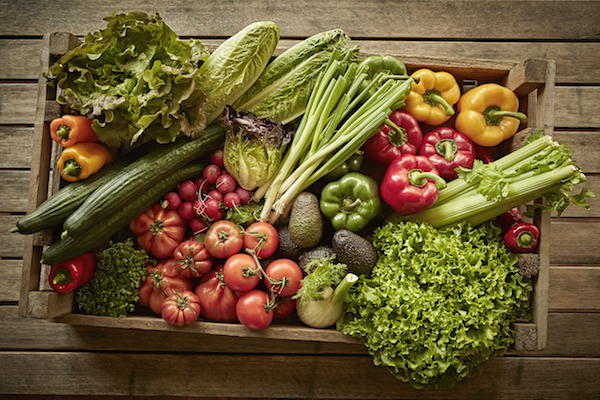
Fresh Veggies
Shipping fresh vegetables from Earth to Mars is definitely not an option, so one of the projects undertaken in the Mars habitat was to grow vegetables using hydroponic techniques. It’s hoped that the process will be refined to the point that the eventual Mars colonists will be able to sustain themselves by growing their own vegetables. The subjects in the habitat were able to grow such veggies as carrots, peppers and cabbage. However, growing food on Mars will present some challenges (lack of gravity and sunlight exposure, to name a few).
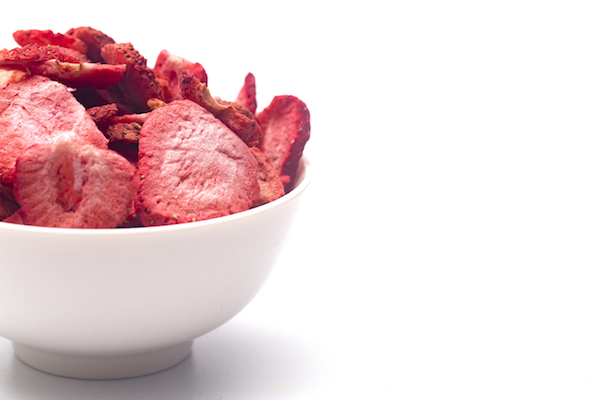
Freeze-Dried Fruit
During their time in the simulated Mars habitat, the subjects ate primarily shelf-stable foods — obviously, fresh fruit won’t be available on Mars. As a result, colonists will have to satiate their hunger for fruit by eating only those that can be freeze-dried.

Pasta
Shelf-stable foods such as pasta will be a staple, in the form of freeze-dried spaghetti or macaroni, which can be heated with hot water. The ultimate plan, however, will be to subsist on a combination of shelf-stable items, dehydrated foods and whichever fresh veggies and herbs can be grown. “For a mission lasting a year or more, I think that home cooking with dehydrated foods and a few fresh herbs and salads will be feasible,” explained a NASA scientist.
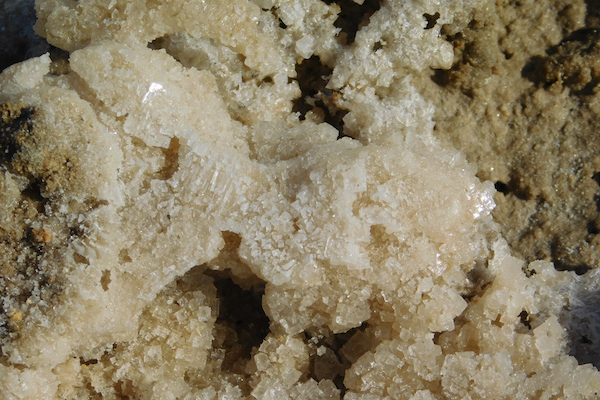
Salt in Brine
In the zero-gravity environment the astronauts will live in while travelling to Mars, salt as we know it is definitely not an option, as the salt crystals can easily float away and could wind up lodging in machinery. To account for that, salt is added to food via a liquid brine solution that hopefully won’t drift away while food is being seasoned.
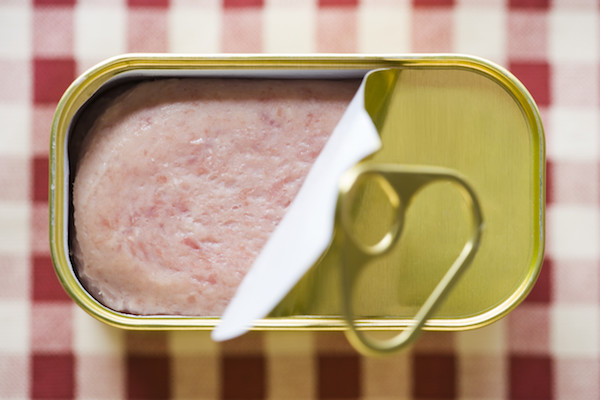
Spam
Not only is the much-maligned lunch meat the subject of a classic Monty Python sketch and the origin of the nickname for unwanted email, Spam has become a hugely popular food with the members of the HI-SEAS team due to its high protein content and long shelf life. “We did a lot of cooking with SPAM,” one of the HI-SEAS crew members told The Atlantic.

Tortillas
One of the most practical foods for space travel is the humble tortilla. The durable bread won’t send crumbs careening through the zero-gravity environment, and they also serve as a solid wrapper that can securely contain other foodstuffs. Plus, astronauts have expressed how much they enjoy them. “We filmed us opening up the unofficial bag and eating the tortillas. They were fantastic. Maybe the best tortilla I ever ate,” wrote a tortilla-loving astronaut while aboard the International Space Station.
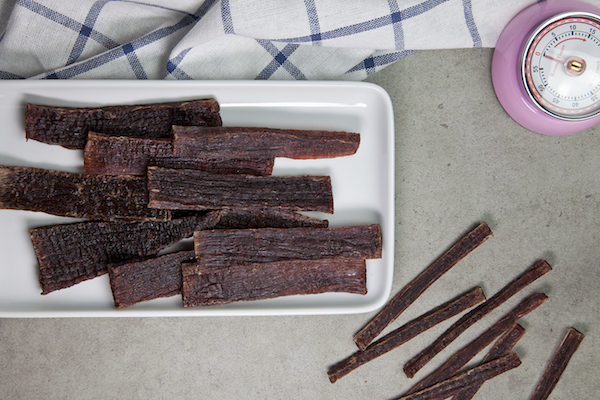
Beef Jerky
Beef jerky is said to be a favourite among astronauts. One of the challenges relating to dried foods such as jerky, notes Wired, is that they need to be thermostabilized; currently, this type of food is packaged before being placed in a sterile chamber and heated with steam to over 100 degrees Celcius for 20 minutes, yet scientists fear this may not be enough to keep food shelf stable for a Mars mission. “In general, nothing has a five-year shelf life, and for a mission for Mars we need a five-year shelf life,” said Grace Douglas, food technology scientist at Nasa’s Johnson Space Centre, adding that she’s experimenting with new types of moisture- and oxygen-resistant packaging in addition to tweaking the thermostabilization process.

Nutella
During the simulated Mars mission, Nutella proved to be a popular choice with test subjects. Not only does the chocolate-hazelnut spread meet the criteria with its shelf life of five-plus years, it’s also delicious! “It’s something we craved,” explained team leader Angelo Vermeulen. “We had a limited supply, so we had to ration it.”
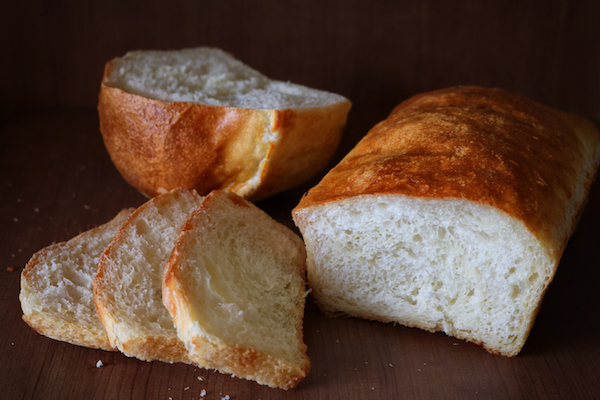
Banned: Bread
Meanwhile, a number of foods that are popular here on Earth are seen to be unfeasible on Mars and in outer space. One of these is bread, which has been banned by NASA thanks to a pair of hungry astronauts aboard the 1965 Gemini 3 mission, who smuggled a corned beef sandwich aboard the spacecraft. As they ate, crumbs from the bread flew all over the place, and could have become lodged in electrical panels and possibly sparked a fire. However, bread may become available on space flights; scientists are hard at work on techniques to perfect a crumb-free bread.

Banned: Soda
Not only is there no nutritional justification for drinking soda in space, there are physiological reasons to consider as well. As NASA points out, due to the absence of gravity, “the carbon dioxide bubbles in carbonated beverages go through an astronaut’s digestive system, rather than being belched out as on Earth, and may cause adverse side effects.”
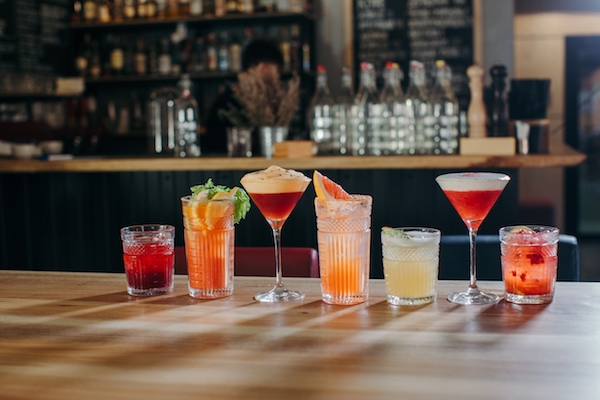
Banned: Liquor
As BBC News points out, NASA has had a long and complex history with alcohol and astronauts; at this point, booze is banned aboard the International Space Station. Whether there’s booze on Mars, however, is a different story; in fact, Budweiser and Scottish distiller Ardbeg are among the companies researching how/if their products could be produced on the Red Planet.

Banned: Salt and Pepper
Flavouring food is a must when you’re eating freeze-dried, prepackaged food, but don’t expect to see astronauts taking salt and pepper shakers with them into the final frontier. Salt and pepper can be used in space, but only in brine-like liquid versions; otherwise, grains would float around due to the microgravity, and could become lodged in electronics and damage equipment.
